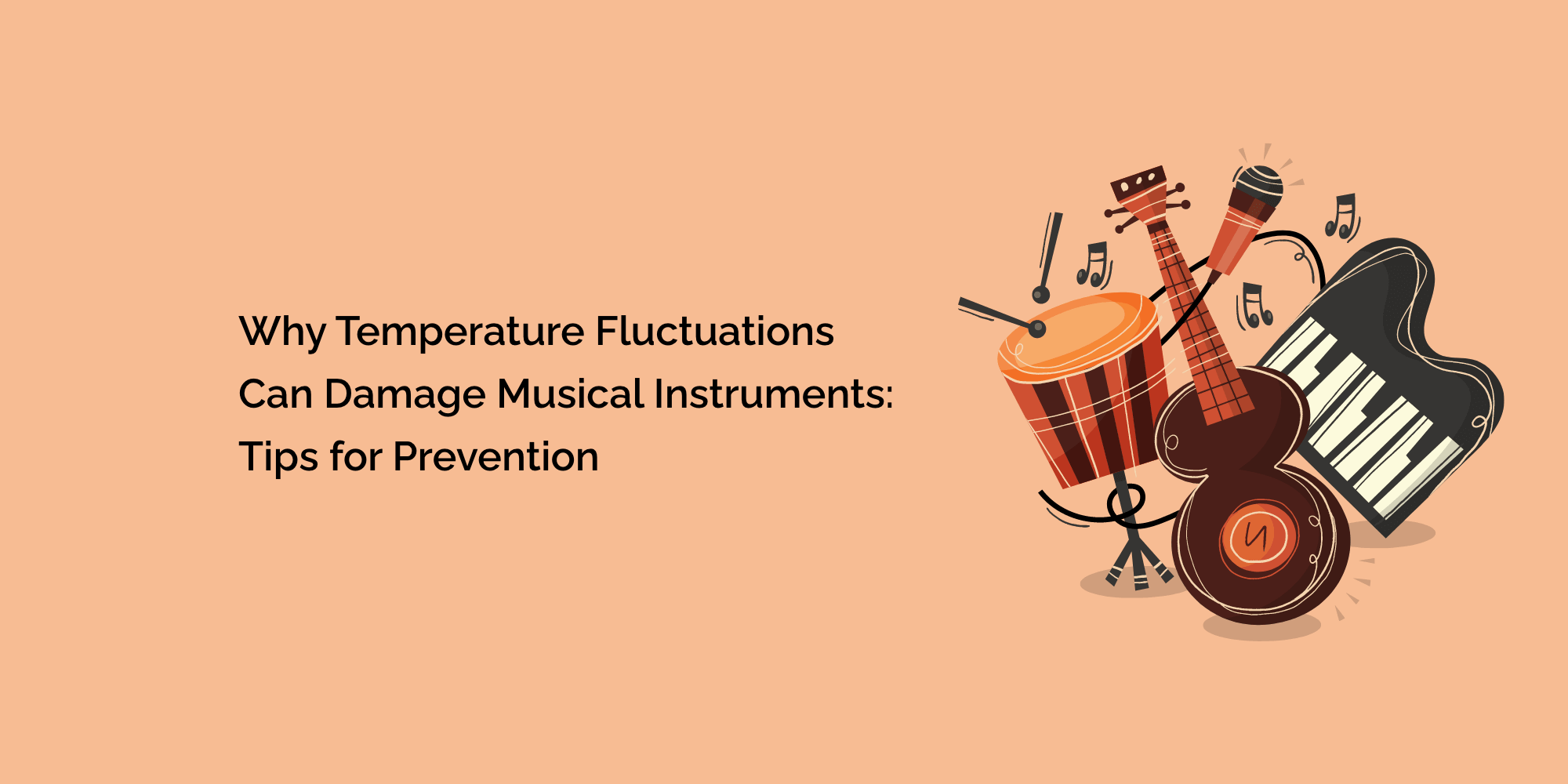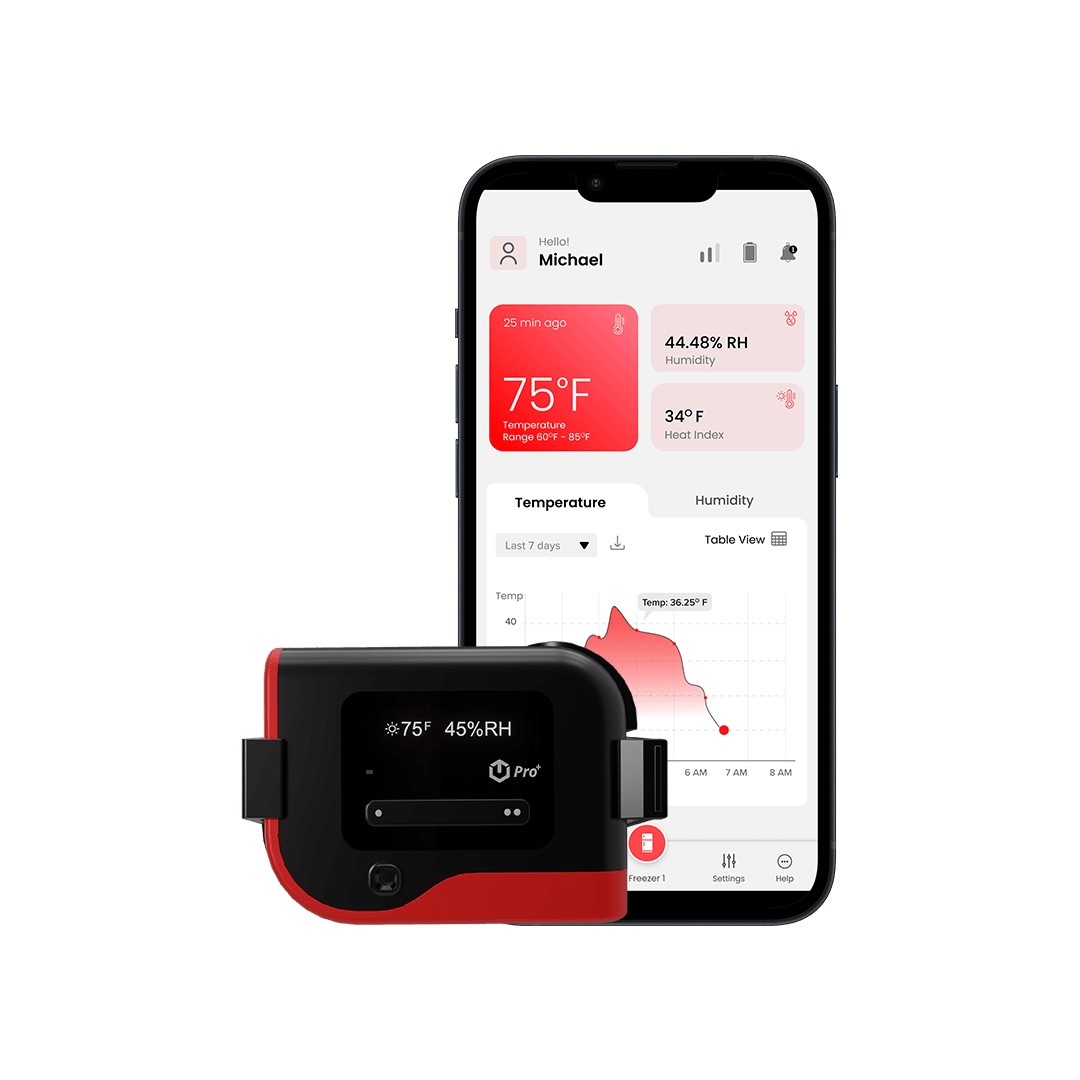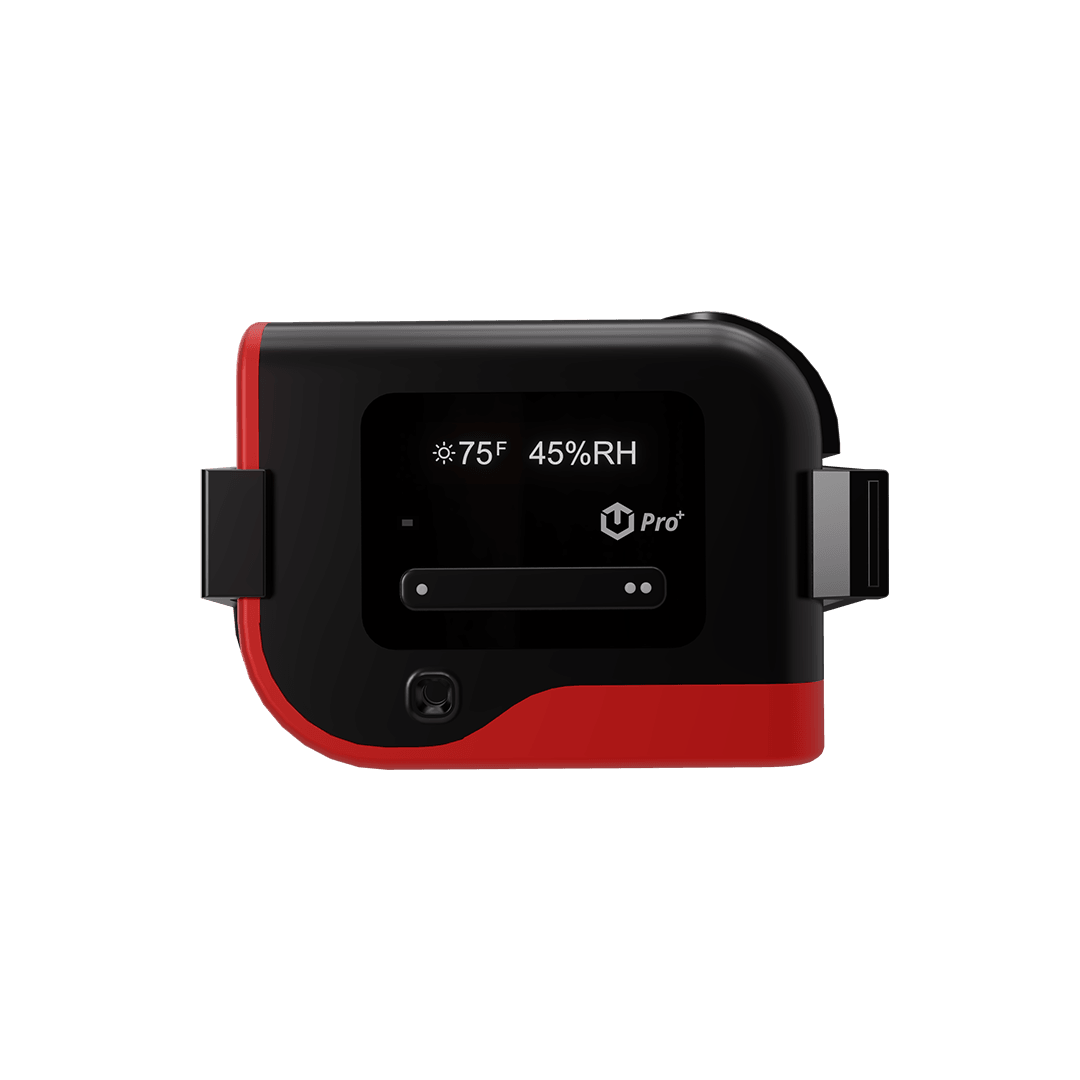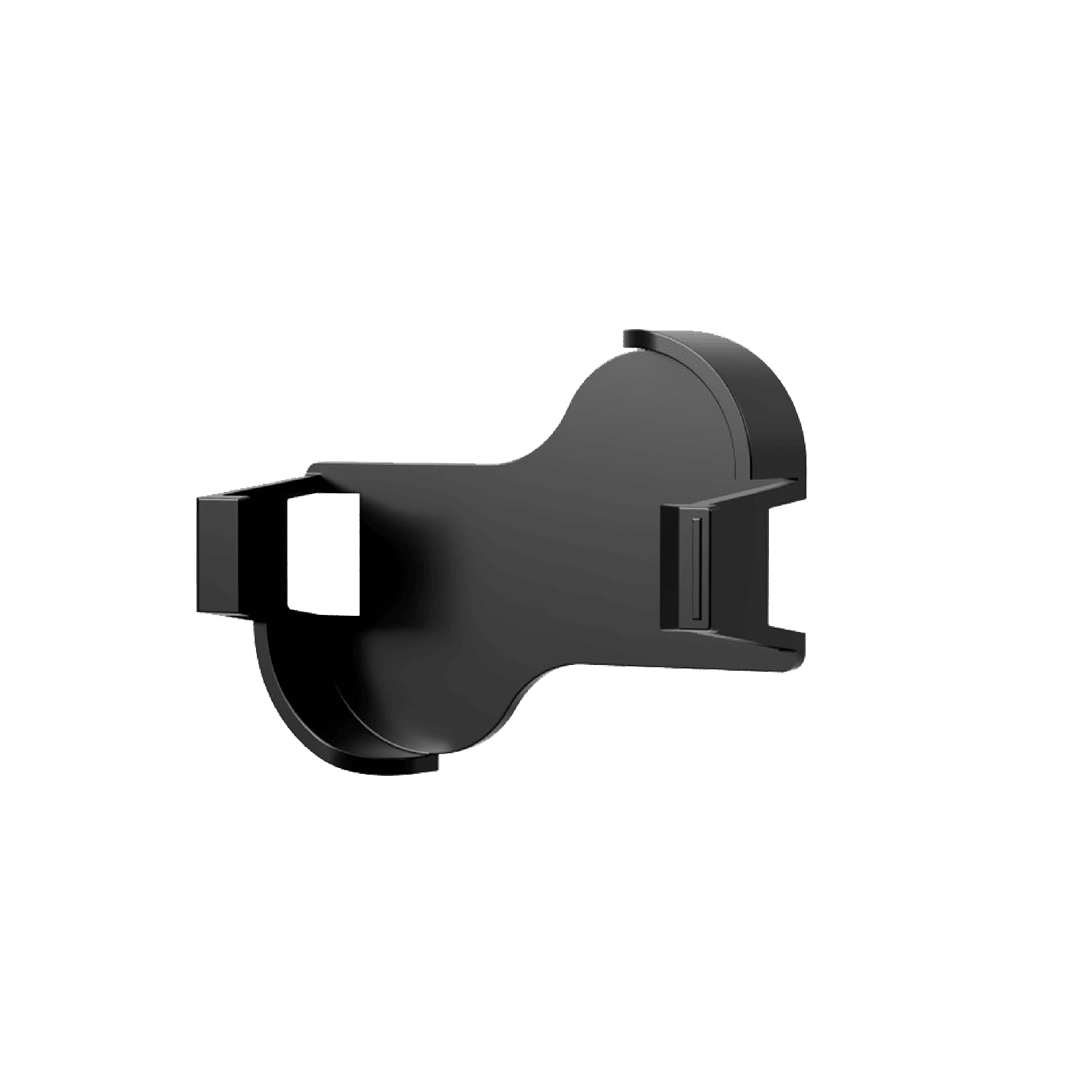Musical instruments are delicate and intricate creations that require careful handling and maintenance. Temperature fluctuations can significantly impact these instruments' structural integrity, tonal quality, and overall lifespan. This detailed blog will explore why temperature fluctuations can damage musical instruments and provide practical prevention tips. By understanding the effects of temperature changes and implementing effective preventive measures, you can protect your cherished instruments and ensure their longevity.
The Impact of Temperature Fluctuations on Musical Instruments
Temperature fluctuations can harm musical instruments, whether caused by environmental factors or improper storage. High temperatures can lead to warping, cracking, and glue failure, while low temperatures can cause materials to contract, resulting in structural damage or changes in pitch and tone. Understanding these effects is essential for preventing potential damage to your instruments.
Understanding the Science Behind Temperature Fluctuations
Temperature fluctuations affect musical instruments due to the expansion and contraction of the materials they are made from. Different materials have varying coefficients of thermal expansion, causing them to respond differently to temperature changes. This can impact instrument components such as wood, metal, and strings, leading to structural issues and tonal changes.
Optimal Temperature Ranges for Musical Instruments
Each type of musical instrument has an optimal temperature range for optimal performance and longevity. Woodwind tools typically require temperatures between 18-25°C (64-77°F), while brass instruments can tolerate slightly higher temperatures ranging from 18-30°C (64-86°F). String instruments prefer a more relaxed temperature range of 15-22°C (59-72°F), and percussion instruments can generally withstand a broader scope, but room temperature is still ideal.
Tips for Preventing Temperature Fluctuation Damage
Preventing temperature fluctuations is critical to protecting musical instruments. Creating a stable storage environment is crucial, ensuring the temperature remains within the optimal range for your agents. Controlling humidity levels is equally important, as high humidity can cause wood to swell, while low humidity can lead to drying and cracking. Avoiding rapid temperature changes by keeping instruments away from drafts and sudden temperature shifts is also recommended. Proper handling techniques, such as allowing instruments to acclimate to new environments gradually, can minimize the impact of temperature changes.
Instrument Cases and Covers: Importance and Selection
Instrument cases and covers are vital in protecting instruments from temperature fluctuations. They provide insulation and safeguard against external environmental factors. Climate-controlled chances are particularly beneficial as they regulate temperature and humidity levels. When selecting cases and covers, consider materials that provide adequate insulation and protection for your specific instruments.
Climate-Controlled Rooms and Storage Solutions
For long-term storage, climate-controlled rooms or purpose-built instrument lockers are highly recommended. These solutions provide a stable environment, ensuring consistent temperature and humidity levels. Installing humidity control systems can further enhance instrument preservation. Regular temperature monitoring and regulation help maintain optimal conditions for instrument storage.
Travel Considerations: Protecting Instruments on the Go
Protecting instruments during travel is essential to prevent temperature-related damage. When traveling by air, carry instruments as hand luggage whenever possible to avoid extreme temperature fluctuations in cargo holds. Protect agents from direct sunlight and extreme weather conditions. During road trips, ensure instruments are appropriately insulated and avoid leaving them in vehicles subjected to temperature extremes.
Regular Maintenance and Instrument Care
Regular maintenance is crucial for instrument care and preservation. Conduct regular inspections to identify any signs of damage or wear. Clean and condition instruments according to manufacturer guidelines to remove dirt, oils, and moisture that can affect their performance. Seek professional repairs and adjustments as needed to ensure optimal instrument functionality.
Educating Others: Spreading Awareness and Best Practices
Sharing knowledge about temperature monitoring and instrument care is vital for the musical community. Encourage discussions, workshops, and information sharing among musicians, teachers, and instrument enthusiasts. Raising awareness about the importance of preventing temperature fluctuations, you contribute to preserving musical instruments and the community's well-being.
Certainly! Here are some frequently asked questions (FAQs) regarding the impact of temperature fluctuations on musical instruments and tips for prevention:
Why do temperature fluctuations pose a risk to musical instruments?
Temperature fluctuations can cause materials in musical instruments to expand or contract, leading to structural damage, changes in tone, and reduced lifespan. Understanding this risk is crucial for instrument care.
What are the effects of high temperatures on musical instruments?
High temperatures can cause warping, cracking, glue failure, and sluggishness of metal components in instruments. This can result in compromised sound quality and playability.
How do low temperatures affect musical instruments?
Low temperatures can cause materials to contract, leading to structural damage, changes in pitch and tone, and decreased instrument responsiveness.
Conclusion
Understanding the detrimental effects of temperature fluctuations on musical instruments is essential for every musician. You can protect your instruments from potential damage by implementing preventive measures and following best practices. Creating a stable storage environment, investing in climate-controlled cases or storage solutions, and being cautious during travel are vital steps. Regular maintenance and care and educating others about instrument preservation further contribute to the longevity and quality of musical instruments. Remember, your instruments are not just objects but conduits of art and expression. By safeguarding them from temperature fluctuations, you ensure they continue to bring joy and inspiration for years.








